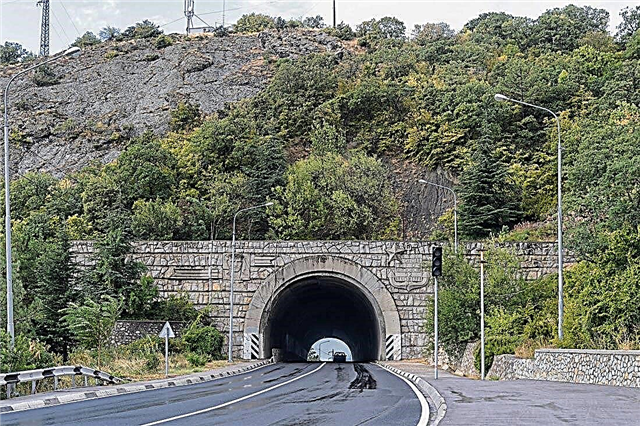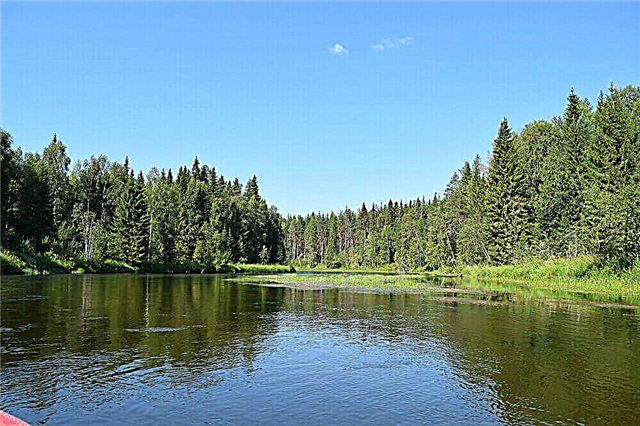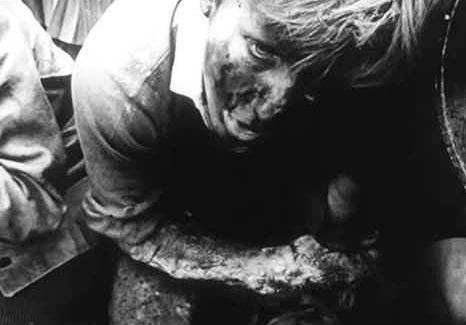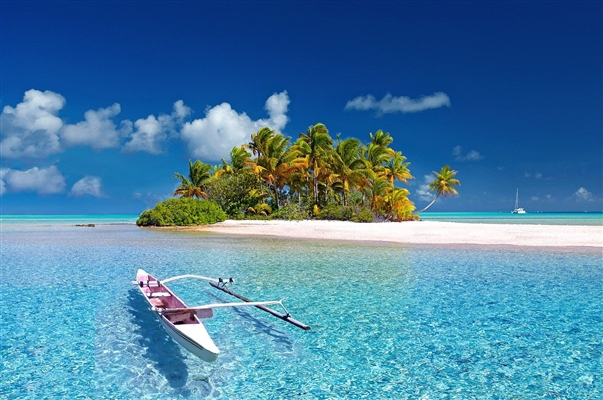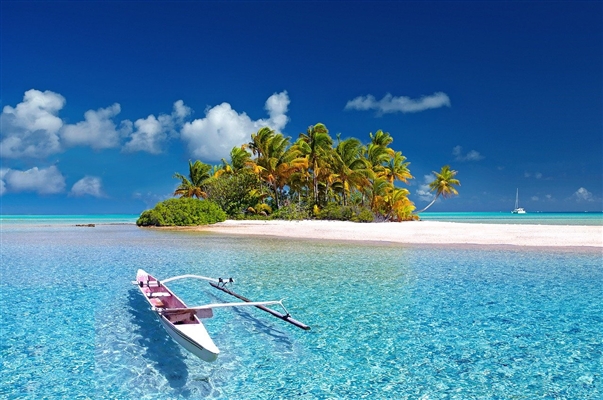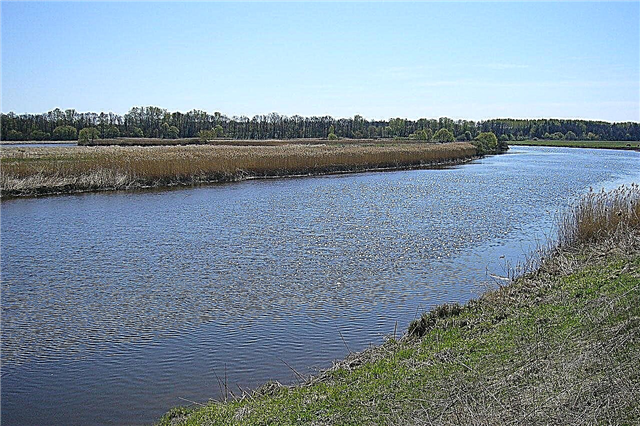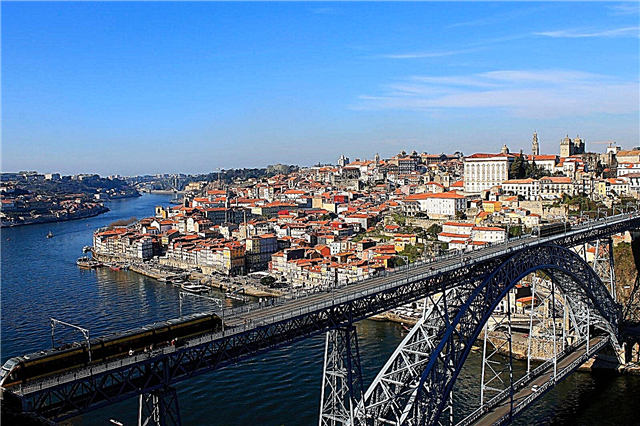Portugal is home to about 10 million people, but the country does not have large cities with more than a million inhabitants. The largest city in the country is its capital - Lisbon, where a little more than half a million people live. However, travelers on a trip to Portugal should pay attention not only to large cities, but also to visit small ones, with a population of less than 100,000 people.
Every city in Portugal can be safely called an open-air museum. There are ancient buildings with magnificent architecture in every corner of the country. Each city has castles, palaces or ancient cathedrals. An atmosphere of coziness and comfort reigns throughout the country. The locals are extremely friendly and respect the traditions of their ancestors. The everyday life of local residents of small towns is no less interesting than the tourist atmosphere of large cities.
The largest cities in Portugal
List of the largest cities in terms of population in the country.
Lisbon
The capital of the country and one of the most beautiful cities in Southern Europe. White limestone buildings and yellow trams give the city a special charm. The main tourist attractions are Cape Roca, St. George's Castle and the National Pantheon. The cozy alleys of the historic center retain the atmosphere of the early 20th century. There are many fishing villages and picturesque beaches in the vicinity of the city.
Population - 552,700 people (2011).

Porto
Industrial and commercial city in the north of the country. It is a picturesque town with baroque and neoclassical houses. Ribeira, the historic center of Porto, is a labyrinth of architectural treasures that are part of the UNESCO heritage. Many of the city's medieval buildings are built on ancient Roman foundations. Porto is home to many cultural attractions and great museums.
Population - 237 591 people (2011).

Lorish
It is part of the District of Lisbon. The city was founded in 1886. There are many old religious buildings in traditional styles. Lorish was founded in 1886, but more ancient structures have survived from the time of ancient Rome. Archaeological excavations are being carried out in many areas, archaeological stations have been set up. Loriche has many parks with beautiful landscapes.
Population - 205,054 people (2011).

Braga
One of the oldest cities in the country. Braga has many stunning Baroque and Gothic churches, as well as granite mansions dating back to the 18th century. The most grandiose monument of history is the Bom Jesus do Monte - a neoclassical church with a monumental staircase decorated with fountains. The historic city center is pedestrianized and consists of narrow atmospheric streets and beautiful squares.
Population - 192 494 people (2011).

Vila Nova di Gaia
Port city in the north of the country. It is famous among the locals for the production of excellent port wine. There are about 50 wine houses here. In Vila Nova de Gaia, tourists are attracted by colorful architecture and an amazing variety of nature. An interesting museum with paintings by famous Portuguese artists. Senhor da Pedra Chapel is a spectacular place on the ocean shore.
Population - 185 502 people (2011).

Matosinhos
Small town near the sea. It is one of the main fishing ports in the country. The main attraction of the city is the Sanctuary of Jesus. The area of Lesa da Palmeira is especially rich in cultural and historical heritage in the city. The works of Siza Vieira are considered significant architectural institutions - the Tea Room, the Tidal Pool, the Lighthouse and several estates.
Population - 175 478 people (2011).

Amadora
Satellite of the capital of the country, located not far from its center. The architecture of the city is simple and looks more like a residential area. Amador is famous for the unusual Calouste Gulbenkian Museum with a large number of works of art, as well as a large football stadium. There are many white sand beaches in the city. The city is believed to be protected by the 113-meter statue of Jesus Christ.
Population - 175 136 people (2011).

Gondomar
Founded in 1193. There are not many famous sights in the city, but it is interesting in its own way. It has a cathedral with a tall double bell tower in the Gothic style. It is decorated with antique frescoes. Also of interest is the Catholic Church, decorated with bas-reliefs and stucco moldings. In one of the villages near the city, there is an interesting mining museum, San Pedro da Cova.
Population - 174,159 people (2011).

Almada
Founded in 1190. Located 10 kilometers from the confluence of the Tagus River into the Atlantic Ocean. Thanks to this, the city always has clean fresh air. The observation decks offer beautiful views of the river and ocean, as well as the Vasco da Gama Bridge and the city itself. Of the museums, tourists are more interested in the frigate museum and the Casa da Serca Museum. The Parc de Pise is perfect for walking.
Population - 174,030 people (2011).

Seixal
The historical monument of the city is the Quinta da Fidalga estate. It is a fine example of an agricultural estate from the 15th to 18th centuries. Especially beautiful is the park at the estate, decorated with fountains. The beaches of the city have a gentle slope and are covered with black soft sand. The water temperature rarely exceeds 19 degrees, but there are natural stone bowls with warmer water.
Population - 158 269 people (2011).

Guimaraes
This city is often visited by tourists tired of the bustling city of Porto. In the city of Guimaraes, they will be greeted by quiet alleys and cozy streets. It received the status of a city in 1096. From this period, a large number of architectural monuments have been preserved in the city. Several of the city's hotels are located in medieval buildings. Some of the cultural architectural complexes are included in the UNESCO heritage list.
Population - 158,124 people (2011).

Odivelash
It received the status of a city only in 1998. It contains many unusual stone structures - obelisks, memorials. There are few architectural monuments and historical buildings in Odivelas. Most of the houses are multi-storey, with modern transport interchanges laid between them. The city is located among low hills, from which a beautiful panorama opens up. The distance from the capital of the country to Odivelas is 9 km.
Population - 144,549 people (2011).

Coimbra
This city is several hundred years old. Tourists talk about it as a colorful and interesting city. It is built on a hill, and stone staircases are built to navigate its narrow streets, often passing through arches. A picturesque view of the entire city opens from the top of the hill. The main attraction of Coimbra is the country's first university inscribed on the UNESCO heritage site.
Population - 143 396 people (2011).

Santa Maria da Feira
It is part of the Aveiro district. The popular attraction Santa Maria da Feira is 1.5 km from the city. It is the eponymous medieval fortress, where all the possibilities of the Portuguese military architecture and a variety of defense resources are presented. A fair is held here every year. Tourists should definitely try the local dessert - delicious biscuits with the unusual name "Tikhony".
Population - 139 313 people (2011).

Vila Franca di Shira
Located on the banks of the Tagus River, 30 km from the center of Lisbon. Bullfighting festivals are held in the city twice a year. Bulls for this event are raised in the vicinity of the city. There is also a nursery for fast Lusitanian horses, which you can see in the equestrian center of Leseria. The city's ethnographic museum displays a large collection of bullfighting costumes.
Population - 136,886 people (2011).

Mayan
A small town founded at the beginning of the 16th century, which combines the charm of old buildings, picturesque nature and modern buildings. One of the best walking parks is St. Peter's Park. You can see the Maya from the observation deck of the Lidador Tower.Its upper floor is completely glazed, which allows you to enjoy panoramic views of the city. The church of Agvas Santas is also interesting.
Population - 135 678 people (2015).
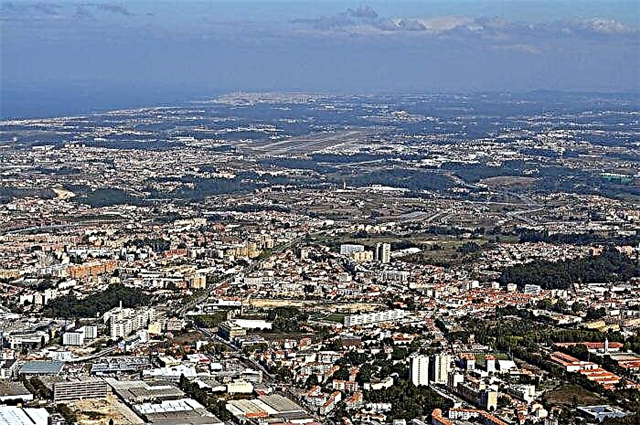
Vila Nova di Famalican
In the center of the city there is a picturesque park with a small lake. There are walking paths in the park and picnic areas. For the locals, important places are the Museum of the Writer Camilo Branco and the Museum of Politician and Public Figure Bernardino Machado. A striking representative of medieval architectural ensembles is the Church of St. Mary, which is located on the top of the hill.
Population - 133 832 people (2011).

Leiria
Located on the banks of the Lis river. A picturesque city that combines the features of typical Portuguese cities - terracotta roofs, cobbled streets and friendly residents. The panorama of the city can be admired from the platform of the 12th century castle. In the former stables of the castle, there is a museum of moving images. There is also one of the oldest churches in the city - the Church of St. Peter of the XII century.
Population - 126 897 people (2011).

Barcelos
Founded in 1140, the locals have preserved many traditions, crafts and customs since that time. The Church of Senor do Cruz is known throughout the country, where the festival of the crosses is held annually. More than 7000 works of local potters are collected in the city museum of ceramics. The buildings in Barcelos are built in different styles. The 14th century bridge is an excellent example of the Gothic style.
Population - 120 391 people (2011).

Setubal
Travelers in Setubal are attracted by the favorable location of the city on the peninsula, as well as the multi-style architecture and beautiful landscapes. This is the place where the mountains meet the sea, which creates a pleasant climate. The beaches of Setubal are considered some of the best in Portugal. Significant landmarks of the city are the ruins of the ancient Roman city of Cetobriga and the monastery of Jesus.
Population - 116 330 people (2017).

Funchal
The capital of the island is Madeira and a popular city in Portugal. There is a large seaport here, next to which is the Funchal embankment. There are always a lot of liners and pleasure yachts here. It is better to admire the magnificent nature of the island in the botanical garden, where more than 2000 exotic plants are planted among the hills. The Cristiano Ronaldo Museum will be of interest to football fans.
Population - 111 892 people (2011).

Viseu
The city is rarely visited by tourists, although there is something to see. Its historic center is decorated with many old churches. The Cathedral, built in the 13th century, is made in the Romanesque-Gothic style. An artistic religious cathedral is located on the second floor of the cathedral. A splendid collection of paintings by Grao Vasco is housed in the National Museum at Tres Escalles Castle.
Population - 99,274 people (2011).

Valongu
The city was founded in 1836. There are few old buildings with rich architecture in it. One of the industrial traditions of the city is the extraction and transformation of oil shale. To popularize mining in Valongu, there is a shale museum. There is an equestrian club in the city, where you can order a short horseback ride or a long horseback excursion through the picturesque surroundings of the city.
Population - 93 858 people (2011).

Viana do Castelo
Located in the north of the country at the mouth of the Lima River. The city was founded in 1258 and flourished in the 16th century. It was during this period that buildings were built, which are currently architectural monuments. The bridge over Lima was built according to the project of Gustave Eiffel, the author of the famous tower in Paris. An unusual museum GIL EANNES is located at the city's pier. This vessel was previously a floating hospital.
Population - 88 725 people (2011).

Aveiro
This city is often called "Portuguese Venice". A river passes through it, forming many channels. Locals offer tourists boat trips of unusual colors and shapes. During the boat excursion, you can see the architecture of the city's houses. Most of the buildings are in the Art Nouveau style. Of the ancient buildings, the monastery of Jesus, decorated with wooden carvings, is interesting.
Population - 78 450 people (2011).



